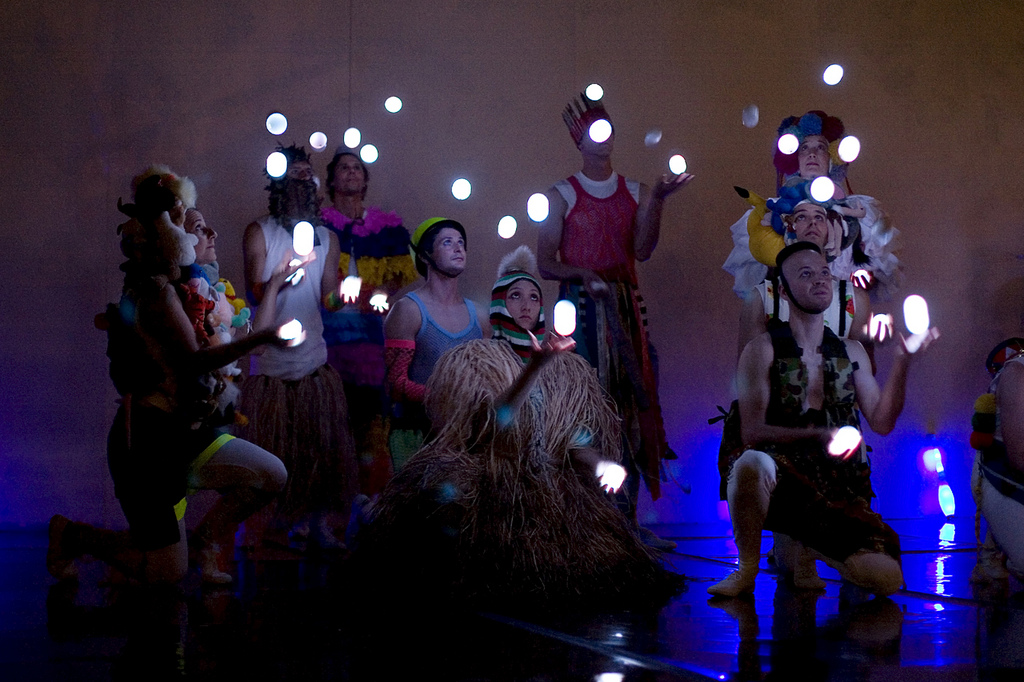„What we are doing is not just theatre. It’s not just acrobatics. It’s not just circus. It’s a marriage between everything mentioned above.”1
The Contemporary circus as a direction of performing arts occurred in France during the seventies of the last century. It is characterized by formation of conceptual performances by synthesising traditional circus elements with other art movements. However, as artists and their shows tend to be so drastically different, the exact definition of what exactly is the contemporary circus would be difficult to provide.
Initially, the only common element of the new direction was multidisciplinarity. Nowadays there is a trend to include non-circus arts in the contemporary circus performances. Troupe in their performances demonstrate contemporary dance shows, video art, extreme sports, even the fine arts. In addition, the goal is not to create a show that is fragmented into many small shows, but to create a seamless performance which would be a synthesis of all the arts.
Besides the tendency to synthesize numerous artistic genres, there is also another element – monodisciplinarity. These are the troupe which does not offer the diversity of the shows to the spectators, but specialize in one field. Such artists as Un loup pour l’homme who have visited Latvia before – they use only acrobatics, Jérome Thomas with his troupe creates performances using only the manipulation with objects or juggling technique. However, no matter how different forms are used in the show, they are integrated into one whole story.
The most precise definition of the contemporary circus would be the following – it is a theatrical show in which the disciplines of circus arts and the performance of artists are subordinate to the idea of the performance as well as to the revelation of concept.
Text by Māra Pāvula
Photo by Ludovic des Cognets. Gandini Juggling “Blotched”
1 Albrecht, Ernest J. The Contemporary Circus. Art of the Spectacular. Lanham: Scarecrow Press, 1989. Pp.12.p.




 Follow
Follow